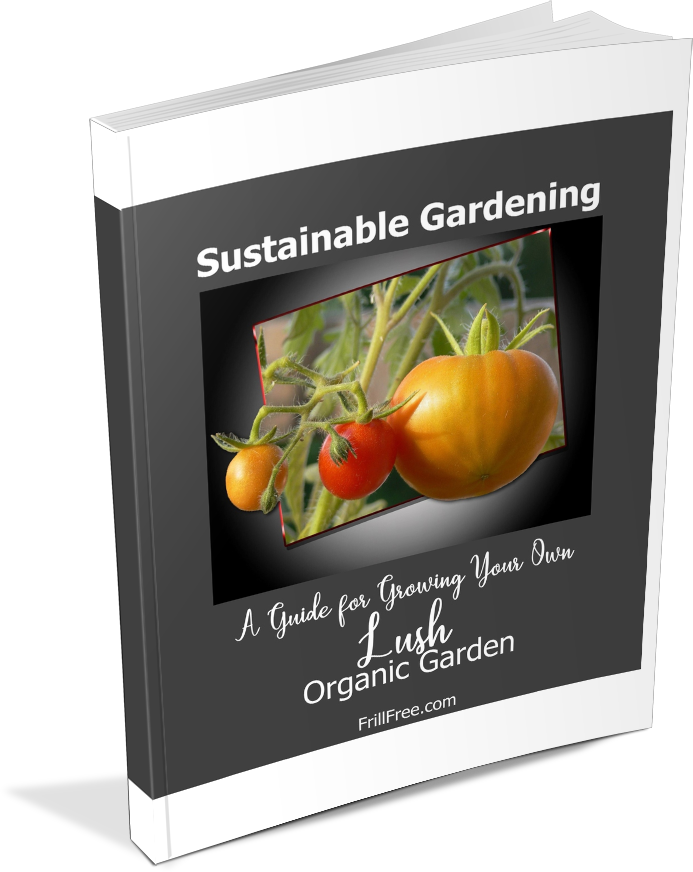- Homesteading
- Methods of Organic Farming
- Spring Garden Planning
Spring Garden Planning
The Organic Garden Can't Wait...
Spring in the organic garden seems to be something that takes forever to
get here, but there are a few ways to make the time go a little faster,
and for you to get a jump on the season.
The seed catalogs will be showing up in the mail any time.
Whether you order the seeds you want online, or the old fashioned way with a pen and paper, it's hard to decide what to get.
Based on your successes and failures from last year, you'll have an idea of what to order, but don't go overboard!
Before you finalize your order, see what seeds you have in your stash from previous seasons; those that are fine to keep from year to year without losing their ability to germinate are leafy greens, peas and beans, and squash.
Don't try to keep any root vegetables like carrots, parsnips and the like, or any other in the parsley family, because although you may get a few germinating, they'll never be as vigorous as fresh seeds.
Make a Garden Plan
First you need to make a garden layout - depending on what crops you want to grow and if they'll be in raised beds or inground.
Decide what should be planted where, using some of the methods of crop rotation so you don't accidentally infect your crop with a disease organism, or create a problem because of the wrong minerals in the soil.
Adding too much Dolomite lime to an area can create an issue if the bed already contains lots from a previous crop.
Even more problems can be caused by the addition of wood ashes; this can create a type of soil that nothing with thrive in, due to the excess of salts and other chemicals which can build up in the soil.
Keeping the history of each bed to avoid any successions of crops that aren't compatible can be as easy as maintaining diagrams, or as complicated as a full out garden journal. You decide how detailed you want to be, and keep notes of successes and failures as well.
What Should You Plant?
In my spring garden, I usually plant one bed with some quick growing leafy greens, spinach, collards and kale along with my favorite mesclun, a nutritious mix of all kinds of micro greens.
These are quick to grow, and can be harvested within a month or so, right when you'll be needing the bed for some later crops.
Choose some fast growing crops to get your garden off to an early start. Peas and green onions are favorites to plant early. They can withstand some cooler temperatures, in fact they prefer it.
Add This to the Soil;
Your fall compost will be matured enough to add a bit on the rows of your early crops, to give the soil a bit of extra warmth and nutrition.
The darker the color, the more the suns rays can warm the ground.
If your soil in more along the lines of clay or what's known as a 'heavy' soil, this is truly beneficial, both to add a bit of nutrition for your young vegetables, but also to help break the soil down and add tilth.
Soil fertility is crucial for a good vegetable garden.
The Best Way to Plant Seeds
Scatter the seeds finely - the worst thing for newly germinating seeds is to have to fight it out with their neighbors for room, light and moisture.
It also helps avoid more work for you; if you don't have to thin the ranks, you can be spending more time on doing what you please.
Information and tips on starting seeds here.
Cover Them Up to Help Them Germinate
Row covers can add a whole few degrees of frost protection for early crops - don't go to all the work of planting your seeds only to have them succumb to a cold snap.
More on pest protection here.
















